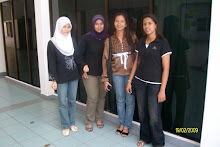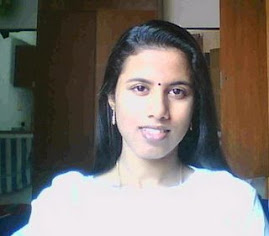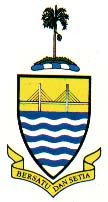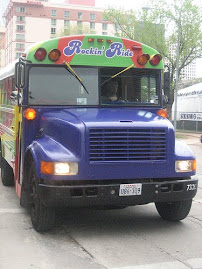
Example of independent 3 lines seat configuration in Neoplan Skyliner.
 A Jonckheere Monaco operating in Yokohama City Bus for city tour.
A Jonckheere Monaco operating in Yokohama City Bus for city tour.By Japanese law, vehicles are confined to maximum 3.8 meters height and 12 meters length. Japanese double-decker buses are mainly used for inter-city highway buses (i.e., motor coaches), city tours and charter buses. In 1960, Kinki Sharyo and Hino Motors manufactured the first original double-decker bus "Vista Coach" for Kinki Nippon Railway (Kintetsu).
In 1979, Chuo Kotsu, a chartered bus operator in Osaka, imported the Neoplan Skyliner, and made double-decker buses more popular. Skyliner and the other imported buses: Van Hool Astromega TD824, Drögmöller E440 Meteor and a few MAN coaches inspired Japanese bus manufactures, who developed 3 domestic models in the middle of the 1980s: "Nissan Diesel Space Dream" , "Hino Grand View" and "Mitsubishi Fuso Aero King" . They did not, however, sell very well as the ceiling was only 1.7 meters high. Nevertheless, Aero King was sold for 22 years, but, being unable to meet exhaust gas emission and safety levels, production stopped in 2005.
In 1982, Toei Bus operated Skyliners in Tokyo, between Asakusa and Ueno to 2001. And Joban Kotsu operated Skyliners in a trans-Fukushima route: between Iwaki and Aizu-Wakamatsu via Koriyama from 1983 to 1996.
Since the 1990s, JR Buses started to use Aero King for an overnight inter-city highway bus service named "Dream-go." The first Aero King in Dream-go, operated to "Fuku Fuku Tokyo" between Tokyo and Shimonoseki, Yamaguchi with Sanden Kotsu (which was replaced with a "super high-decker" coach in middle of the 1990s, "Fuku Fuku Tokyo," and finally stopped in 2006).
Japanese overnight highway buses are mainly equipped with a 3-line, two-aisle (1+1+1) seat configuration with reclining seats. When this configuration is used on an ordinary coach, it has 28, 29 or 31 seats. When this configuration is used on a double-decker bus, it has 36 or 40 seats: the vehicle's price and capacity increase while operating cost decreases.[citation needed]
JR Bus group mainly uses Aero King, Skyliner and a few Jonckheere Monaco (equipped with Nissan Diesel engine) for inter-city highway bus operations between Kanto (near Tokyo) and Kansai (near Osaka), which is named "Dream-go" (overnight express) and "Hiru-tokkyu" (Daytime Express). The other bus operators, inspired by "Dream-go", increased use of the Aero King for overnight inter-city bus service.
JR Bus Kanto imported 4 Neoplan Megaliner N128/4, leasing 2 to an operating partner (from 2003 to 2006, Kanto Railway, since 2006 Nishinihon JR Bus). The Megaliner is 15 meters long and has 84 seats (with 2+2 configuration), and is operated on an inter-city highway route between Tokyo and Tsukuba, Ibaraki from 2002 to 2005. The Megaliner has also been converted for a low-price overnight highway bus service between Tokyo and Osaka called "Seishun Mega Dream-go," with special authorization.







.jpg)



































The article has given some relevant information about double Decker bus. Useful information
ReplyDeletecoach to sunway lagoon
I have found this article written in a very wonderful way. I liked it very much and thanks for sharing it here.
ReplyDeleteWarm Regards
99CarRentals